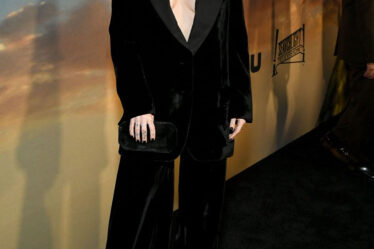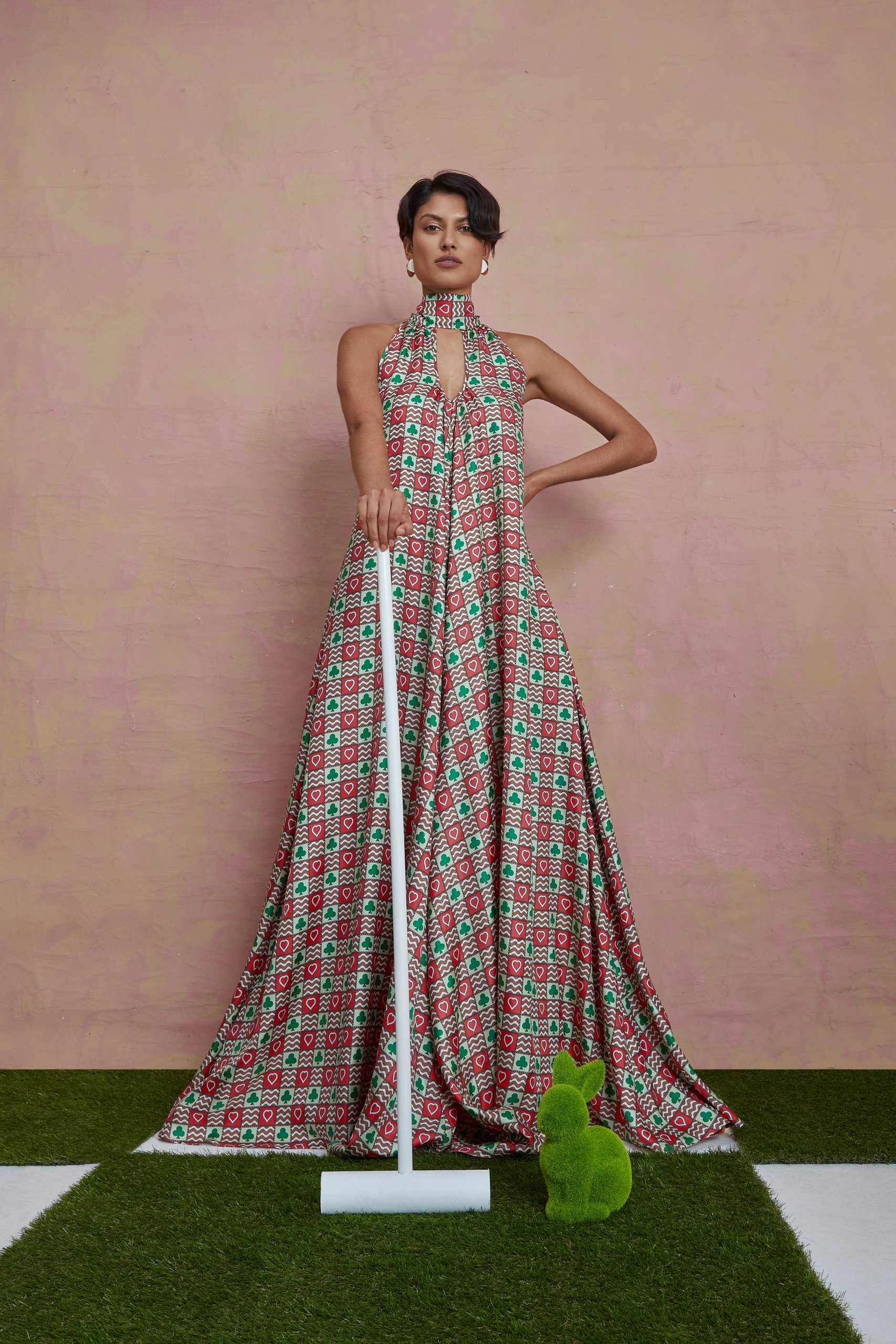
We speak with the designers behind four of our favourite ethical fashion brands: R.G. Kane, Zaffori, Lisou, and LarAllan.

In today’s climate, we not only have to struggle with fast fashion corporations destroying the planet, but also with them lying to us about it. Overproduction and overconsumption are the two key factors leading the garment industry to the top of the list of the world’s least sustainable business sectors — creating byproduct waste, facilitating plastic-based fibres ending up in landfills, and using excessive amounts of energy to produce and distribute goods.
It is no secret that companies have figured out how to make products so cheaply that they cost nearly nothing, no surprise that these garments are such low quality that they fall apart after a few wears, and no wonder that the industry therefore sells consumers on the idea that they have to purchase new trends every week or so. But they have also seemed to figure out how to market sustainability as a trend itself. As “greenwashing” — the act of pretending to be ethical or environmentally-conscious to sell more — has skyrocketed in recent years, these harmful brands have distracted from the designers truly making a change.
However, there is also a lot of hope in the industry. Increased awareness and data have led to a stronger focus on sustainable production practices, new technological advancements, and further experimental fibre development. As the exciting space expands, we have rounded up four of our favourites. R.G. Kane, Zaffori, Lisou, and LarAllan each approach the topic in their own ways, but unite with the common goal of making a positive impact towards a more inclusive and cyclical fashion industry. Prioritising quality over quantity, while never compromising style, these brands will get you excited about reframing your relationship with clothing.
We spoke with the designers behind these four brands to hear more about their processes and views…
Robert Kane of R.G. Kane
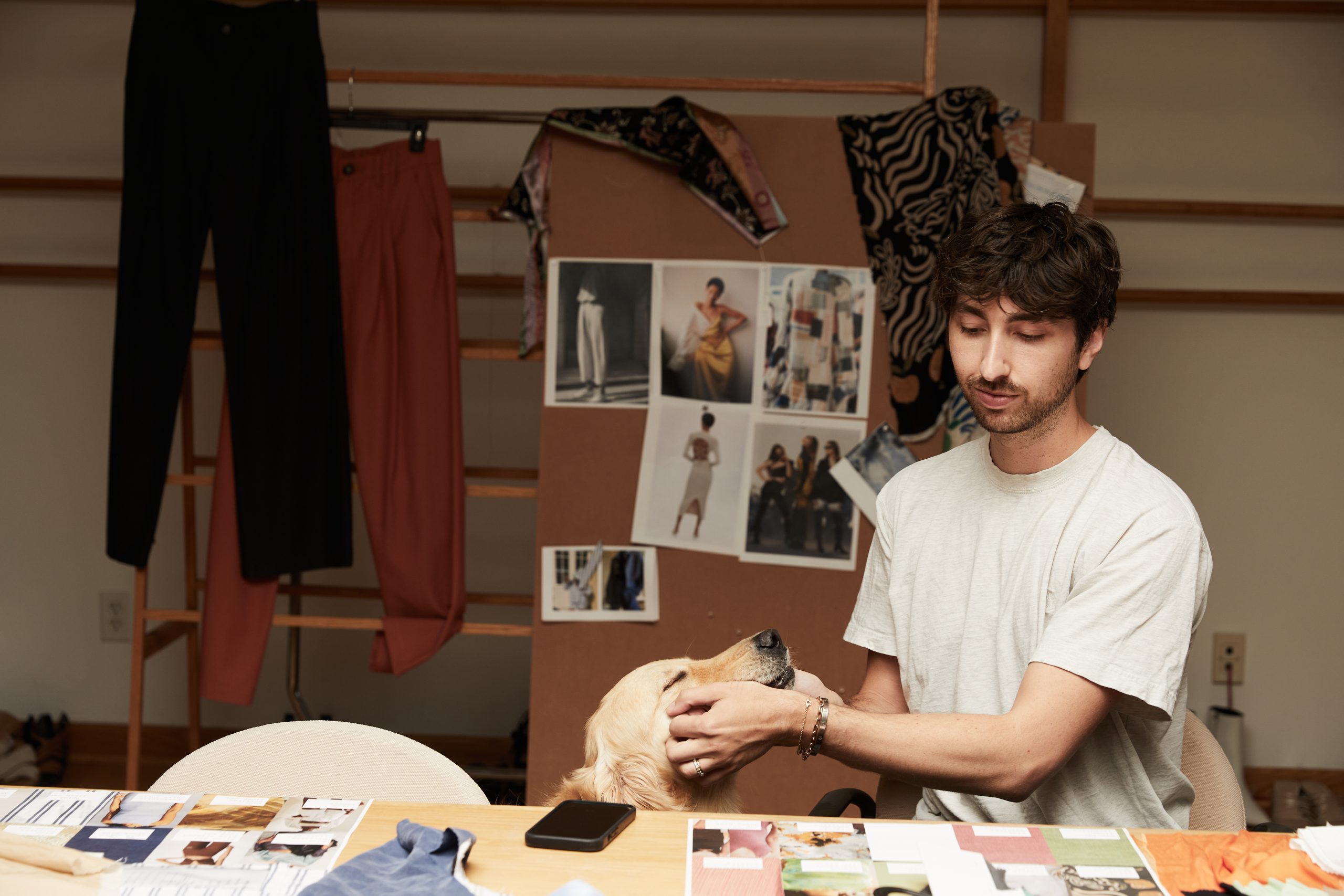

Hey, how are you? Tell us how your brand R. G. KANE was born.
Hey there, I’m doing well! It was honestly born out of me not knowing what else there is for me to do in terms of a career other than make clothes. I’ve been pretty immersed in the entire practice of design, pattern making, and sewing my whole life as I was raised going to work with my parents. They have been in the industry for 50+ years, so the interest in fashion has been passed down to me. From an early age I insisted on making my own clothes for my dolls and the fascination with “dressing” and “creating” never really left me. One outfit in particular that I made for my Barbie (a lime green silk ball gown skirt and white t-shirt) really stands out because in hindsight it reminds me of the Jil Sander Spring 2011 runway collection.
Have any designers/ other brands been of inspiration to you whilst starting your own business?
Firstly, I’d have to say my mom. She’s really taught me to approach design with a sense of smarts and practicality. Behaviors like thinking about the best yield for a garment from the jump, in order to make sure there’s as little fabric waste as possible all have ended up really serving my interest in being a responsible designer. I’d then have to say Dries Van Noten. His ability to weave colour, texture and print all together in a way that’s incredibly dynamic but also very clear is really inspiring.
How would you describe the style of your designs?
It has certainly changed since I started, but I think that evolution has really led to this idea of California Bohème. I can’t say I love the word “Bohème” because it feels really overused but really it just boils down this joyful and effortless desire to stand out with the way you dress.
Talk us through a day in the life of running your brand.
A typical day starts with getting to the office, walking my dog and then reading emails. I’ll check the status of samples and how it lines up with the calendar. I’ll then check in with pattern makers about either launching new styles or fixing ones that have already been started. After, there usually is a sample or production fitting. I’ll work on the season at hand and then also start working on fabric development for the one that is coming. In between all of that, I’ll also be working on photoshoots, look book graphics, image editing. It just depends at what point in the season it is, as every day is a little bit different.
What has your journey been like navigating sustainable production practices?
A lot of the learning curve has revolved around drawing from the examples of really established responsible companies, and channeling all that information and knowledge into methods that work for a small label. Patagonia is kind of like the Encyclopedia Britannica of ecological practices when it comes to clothing companies; it acts as a huge source of standards when it comes to sustainable production practices. Being a small label, I’m presented with the challenges of keeping up with progress that’s able to be achieved by a huge corporation with seemingly endless capital. The guidelines we’ve grown into are grounded out of being diligent and observant of the materials we use and how we use them. Prioritizing the use of deadstock, organic and biodegradable fabrics, Tencel fibers and recycled polyesters is built into the beginning stages of developing the season. It also goes beyond materials as well, meaning that there is consideration that goes into the safety, fare wages and benefits for the people I work with.
What is the sustainable fashion scene like in LA?
I think sustainability as a whole is kind of an unavoidable culture in LA. From food, interiors and even to jewelry, responsible versions of all those industries are things you encounter regularly in LA. Being surrounded by that mindset regularly certainly influences the way you work within your own field.
Why are sustainable and eco-friendly manufacturing practices so important to you?
Firstly, they’re important for the obvious reasons of preserving our future as much as possible. But secondly, it really felt like a given that if I was going to start a label, I would try to do it in a way where it can grow responsibly. It just feels like the right thing to do now, to be conscious of the physical impact you’re making. I’ve been conditioned to go through my day thinking about how I need to the turn lights off after I leave a room, or make sure to take short showers because I live in a drought zone. This constant mindfulness blended seamlessly into the practice designing clothes.
What change do you want to see from the fashion industry?
I would love to see at every level, from fabric mills all the way to department stores, the normalization of more sustainable practices. I don’t think sustainability should be a “novel” or “premium” way to function, I would love to see it become the standard. That way every part of the fashion industry could partake in it. Things like organic and recycled fibers and innovative packaging should ideally become the prevailing practice and not gate kept by higher price points, which end up limiting designers of any level from being able to use them.
What does the future look like for R. G. KANE?
It’s hard to say, especially when you’re so focused on the day to day. But I would say continued growth, in a way that feels right.
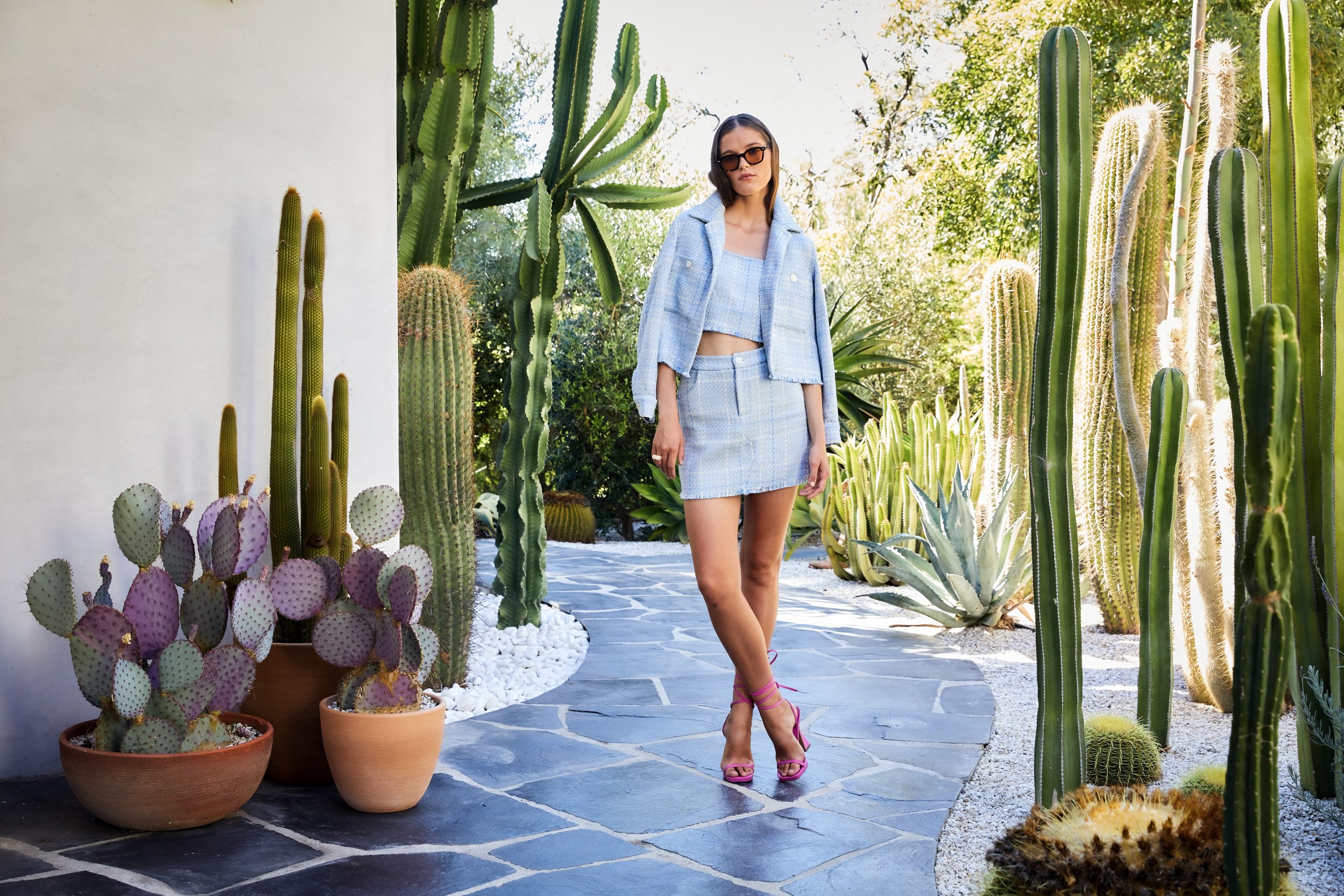

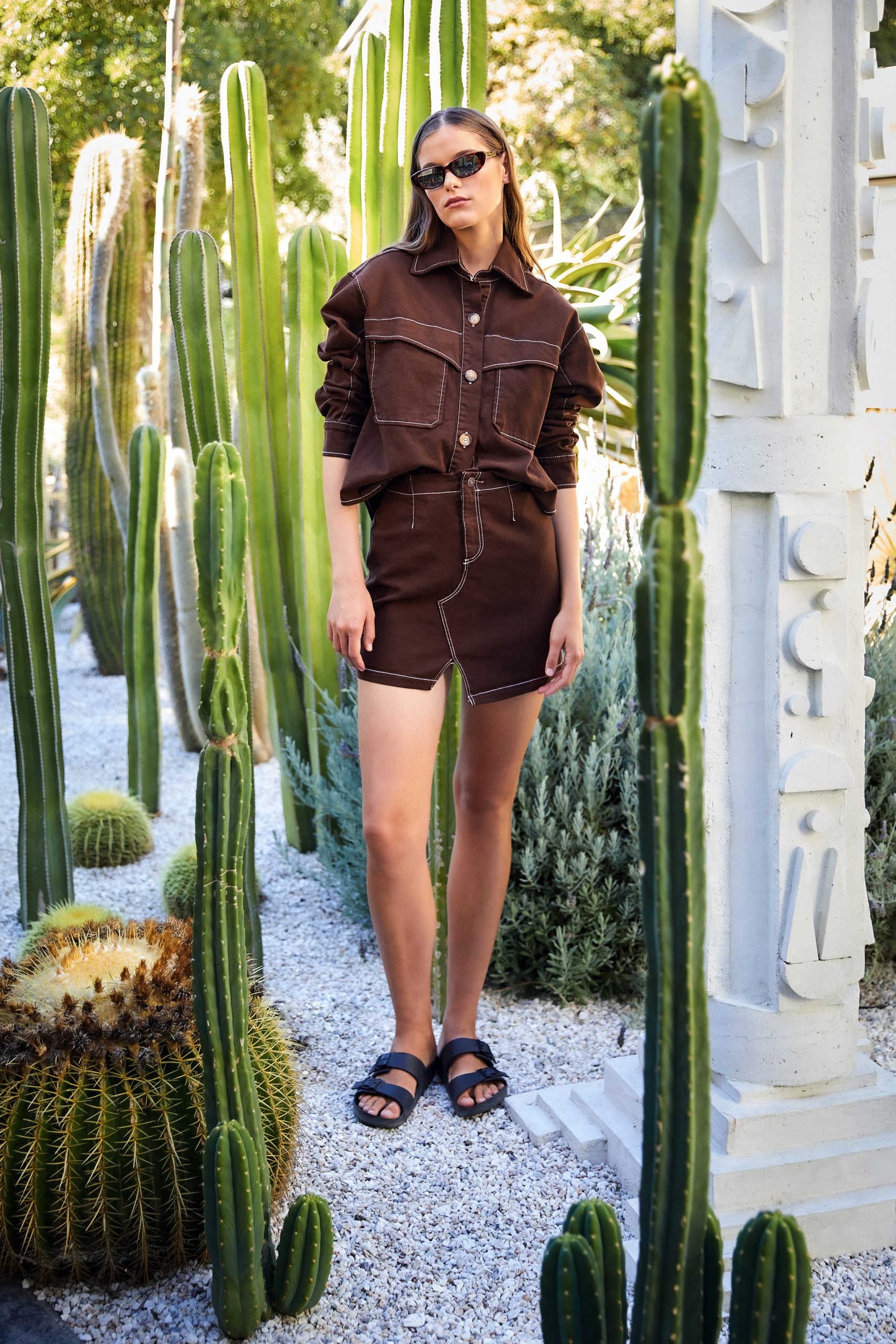
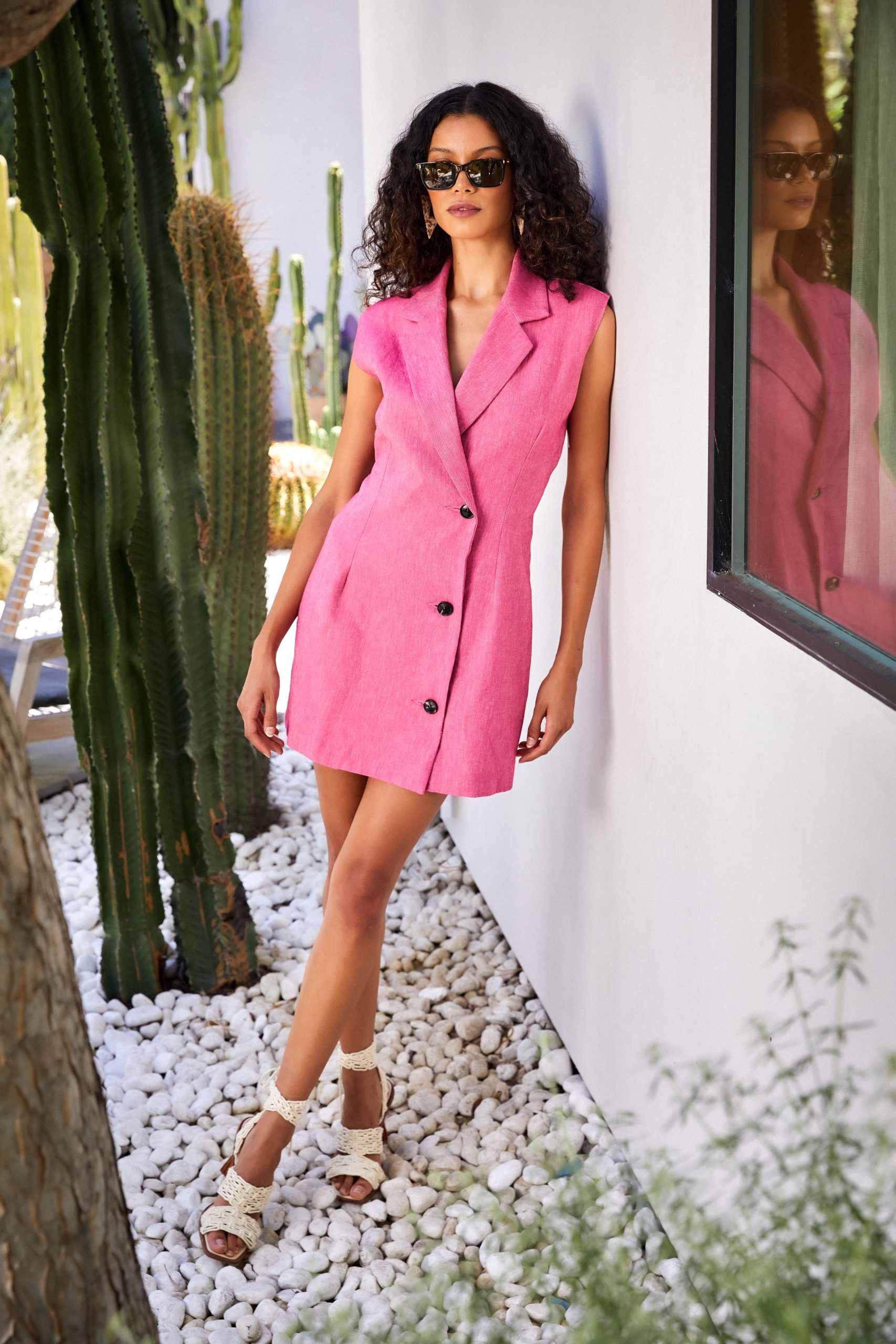


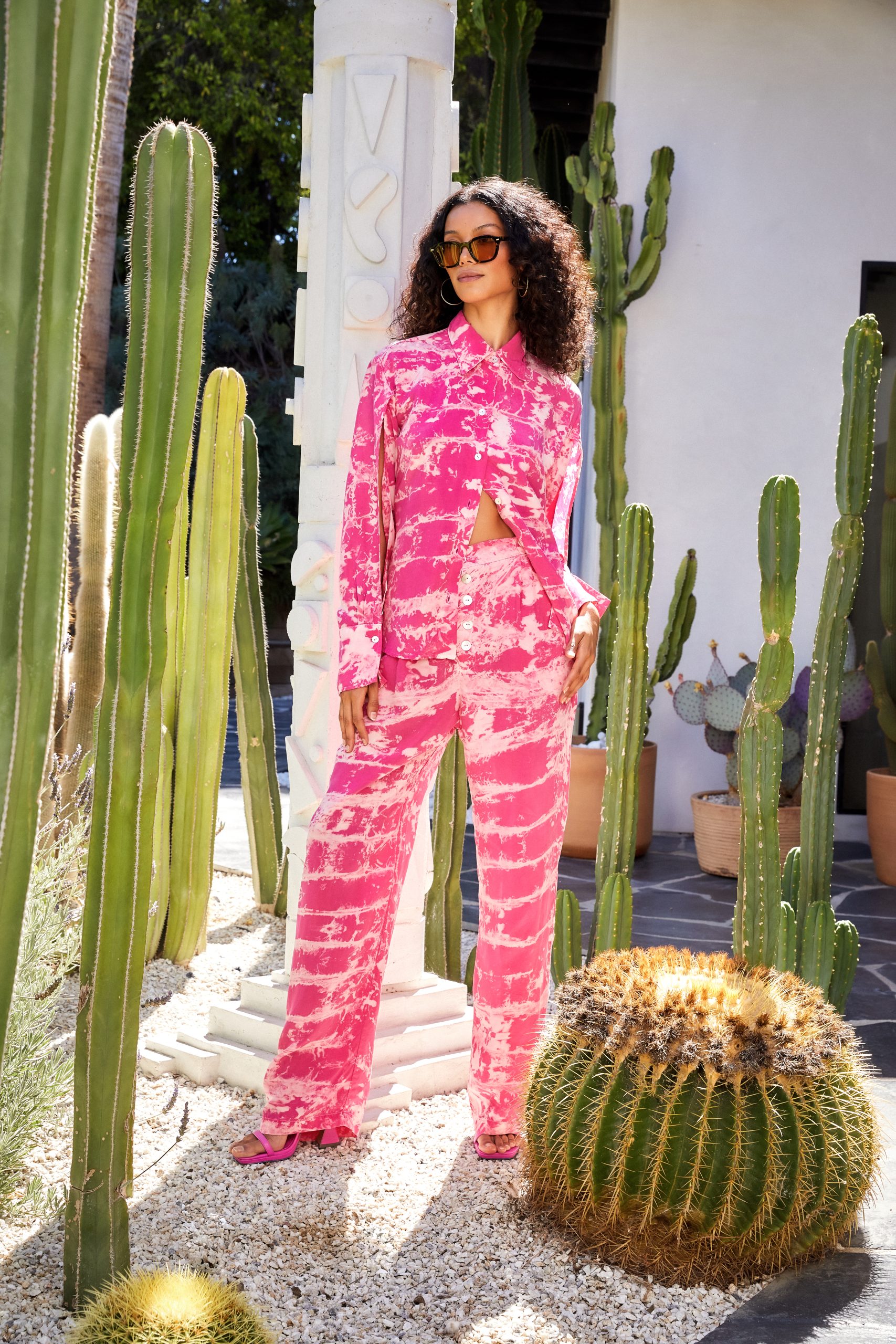
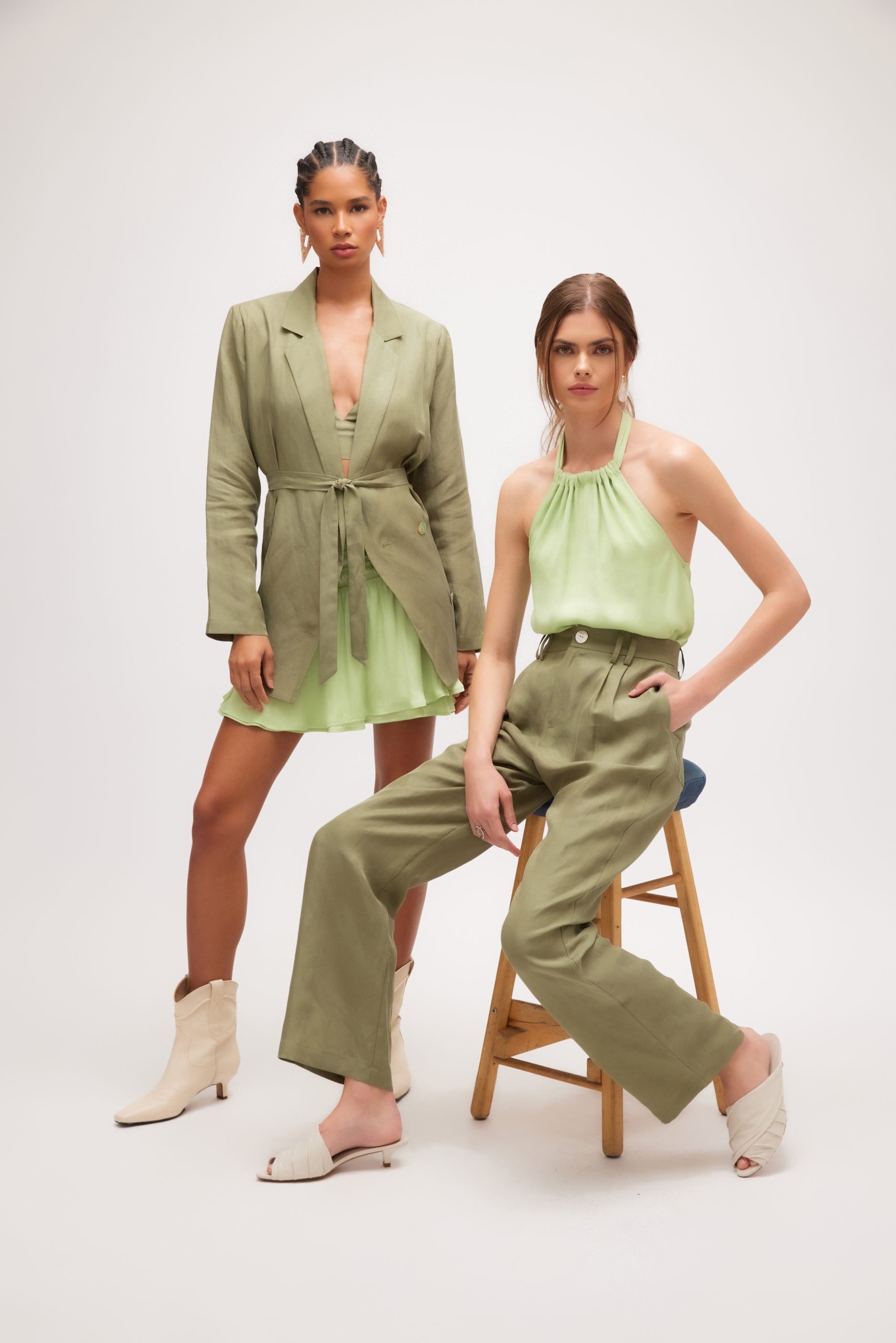
Courtesy of R.G. Kane


Gauri Shah of Zaffori
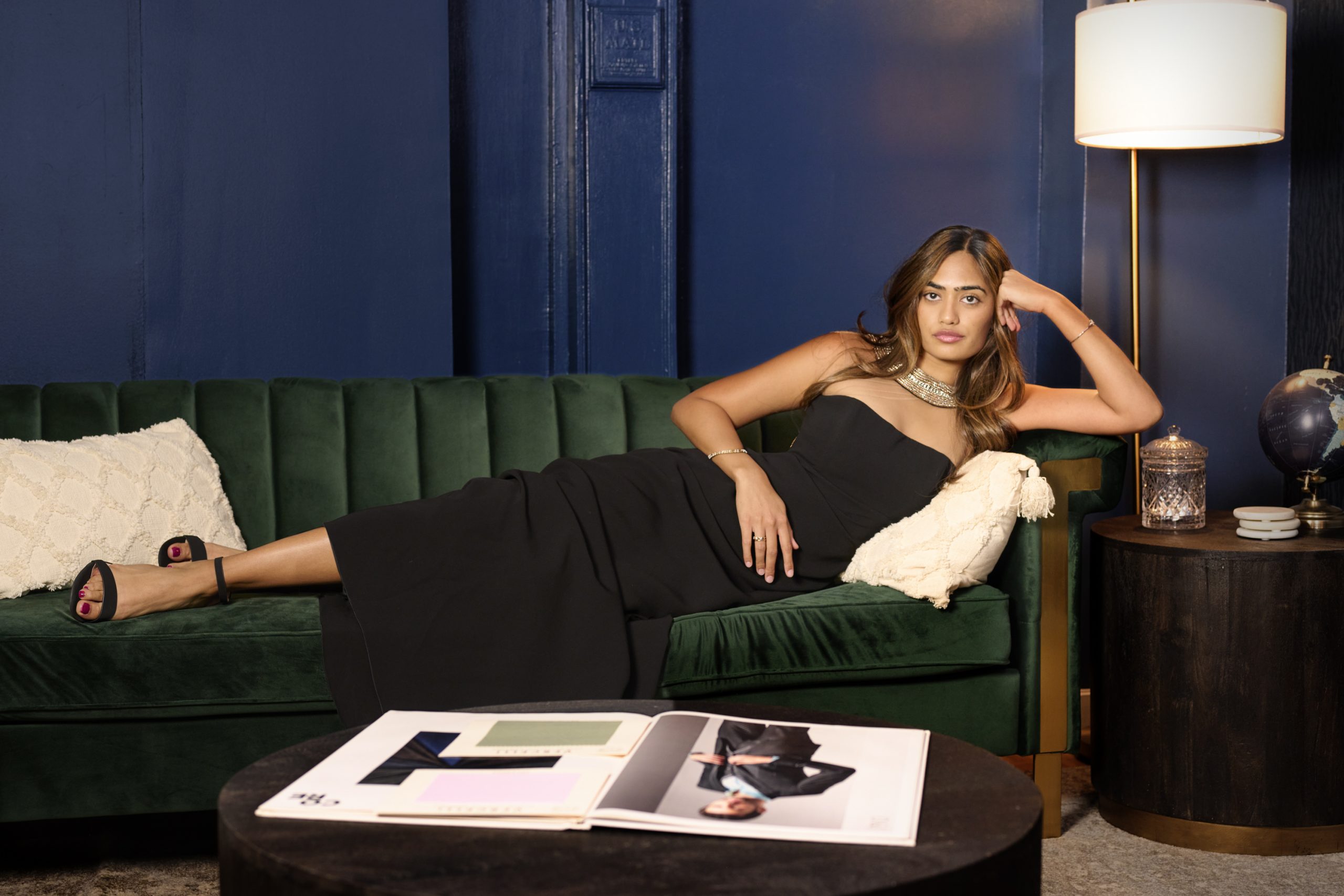

Hey, how are you? Tell us how your brand, Zaffori was born, how did you learn your practice?
I’m doing good, thanks for asking! Zaffori is a luxury e-commerce platform that launched in 2022. We have unique and elegant styles for both men and women. When I moved to New York in 2020, I initially wanted to go into the film and television industry since that’s what I majored in. However, during my time in New York, I actually discovered my love for the fashion industry. Coming from a business background, I knew I wanted to combine my love for fashion and business, and hence the concept of Zaffori initially came about in early 2021.
Who/what inspires you?
I’ve been fortunate to travel to many countries in my life. From countries such as Italy and Spain, to Turkey and Lebanon, traveling has allowed me to see and appreciate other cultures and their sense of fashion and style. Through traveling, I realized that there are many amazing and creative global designers who with a larger platform would see their work be much appreciated and recognized. And, that’s what we aim to do with Zaffori as we host global luxury independent designers.
What is your opinion on diversity and inclusion within the fashion industry?
It has been great to see the progress that the industry has made over the last couple of years. Definitely, we still have a ways to go. One of the areas with Zaffori we prioritize is for example: we offer a wide-range of sizes to our customers as everyone should be able to own a piece regardless of their size.
How has the journey been so far starting your own ultra-luxury premier apparel platform?
Like any business, it has its ups and down. It has been a learning experience, especially because I didn’t have a background in fashion. But for most the part, it has been a rewarding experience, especially to see your own vision come to life.
Which designers should we be checking out on Zaffori?
Definitely all of them. Each designer is unique in their creative process and that really shines through in their collection. What’s really amazing is that half our entire collection has been exclusively created for Zaffori.
Talk us through a day in the life of running your brand.
Well, everyday is a different day. There are days that are more on the creative side, then there are other days, where we focus on the macro and see how we can continue to scale and grow. When we have a new collection coming out, for example, many of our meetings throughout the day centre around strategising the best way to introduce the collection to the public.
What is the sustainable fashion scene like in NYC?
NYC has a sizable sustainable fashion scene, there are many local New York City brands that center their practice around sustainability. With time, we hope that more and more brands globally choose a sustainable route when creating their collections.
Why are sustainable practices so important to you?
Well, no doubt, fast-fashion over the last 10-15 years has been a detriment to our society. It has led to heavy waste while promoting mass over-consumption which has had a really negative impact on our global society. Because of fast-fashion and over-consumption, the rate at which garments are being produced is at an all-time high, and hence, the quality of the garments being produced has been compromised significantly. We hope that awareness regarding the detriments of fast-fashion become more prominent, and hopefully that will lead brands to change their practices.
What change do you want to see from the fashion industry?
Well, it’s a combination of my two previous answers. While we have made strides in diversity and inclusion, there’s still a lot of work to be done. Also, we hope that more and more future discussion is centred around the negative impacts of fast-fashion as this affects not just our world today, but the world tomorrow.
What does the future look like for Zaffori?
Well we are so excited to share that we are soon coming out with our own label. The pieces in this collection depict my own sense of style, and I’m really excited to share that vision with you all. Versatility was definitely a priority with this collection. The collection consists of pieces that you can wear to dinner, or on a night-out, or to a cocktail party. The pieces are elegant and luxurious while still being unique in design.




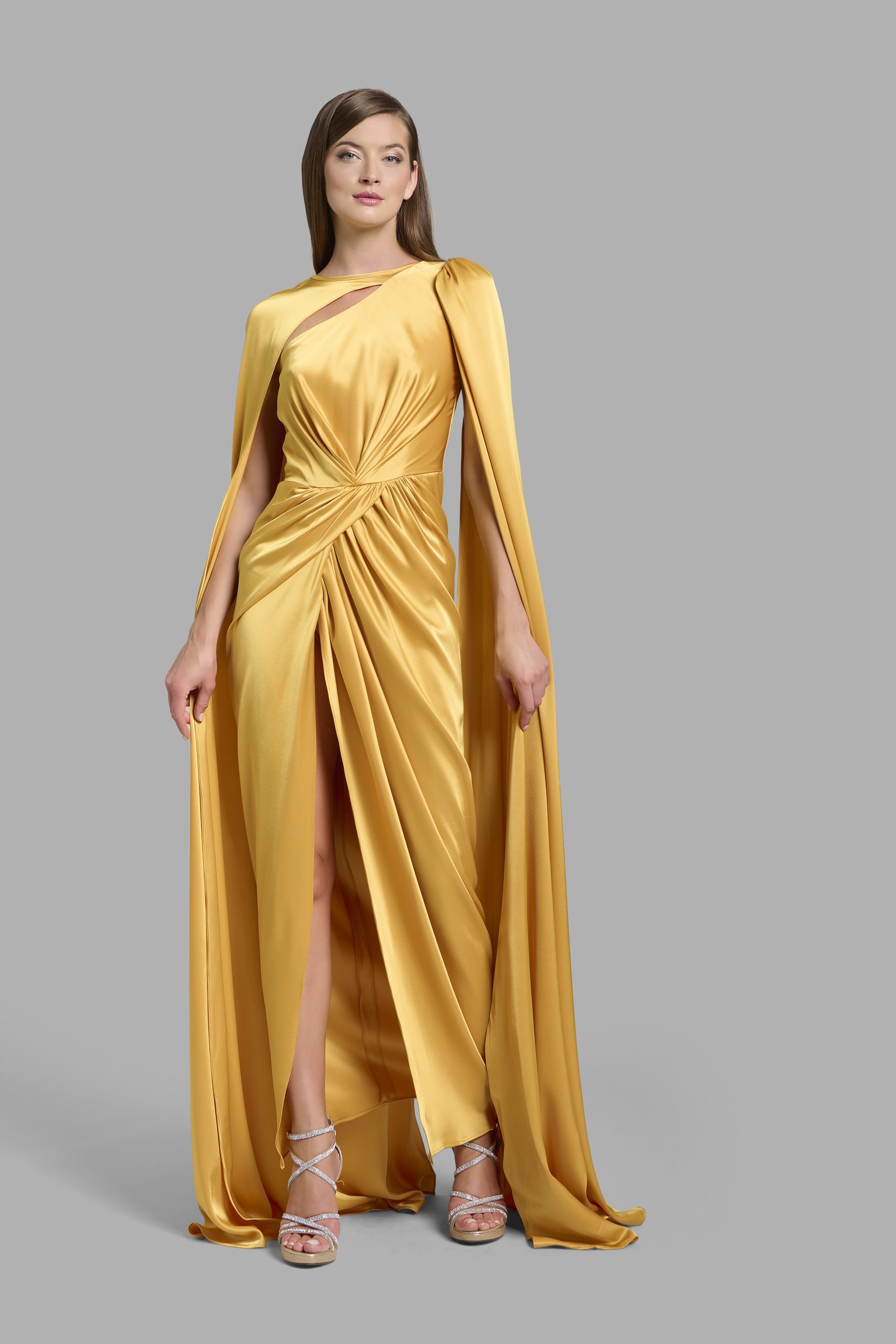
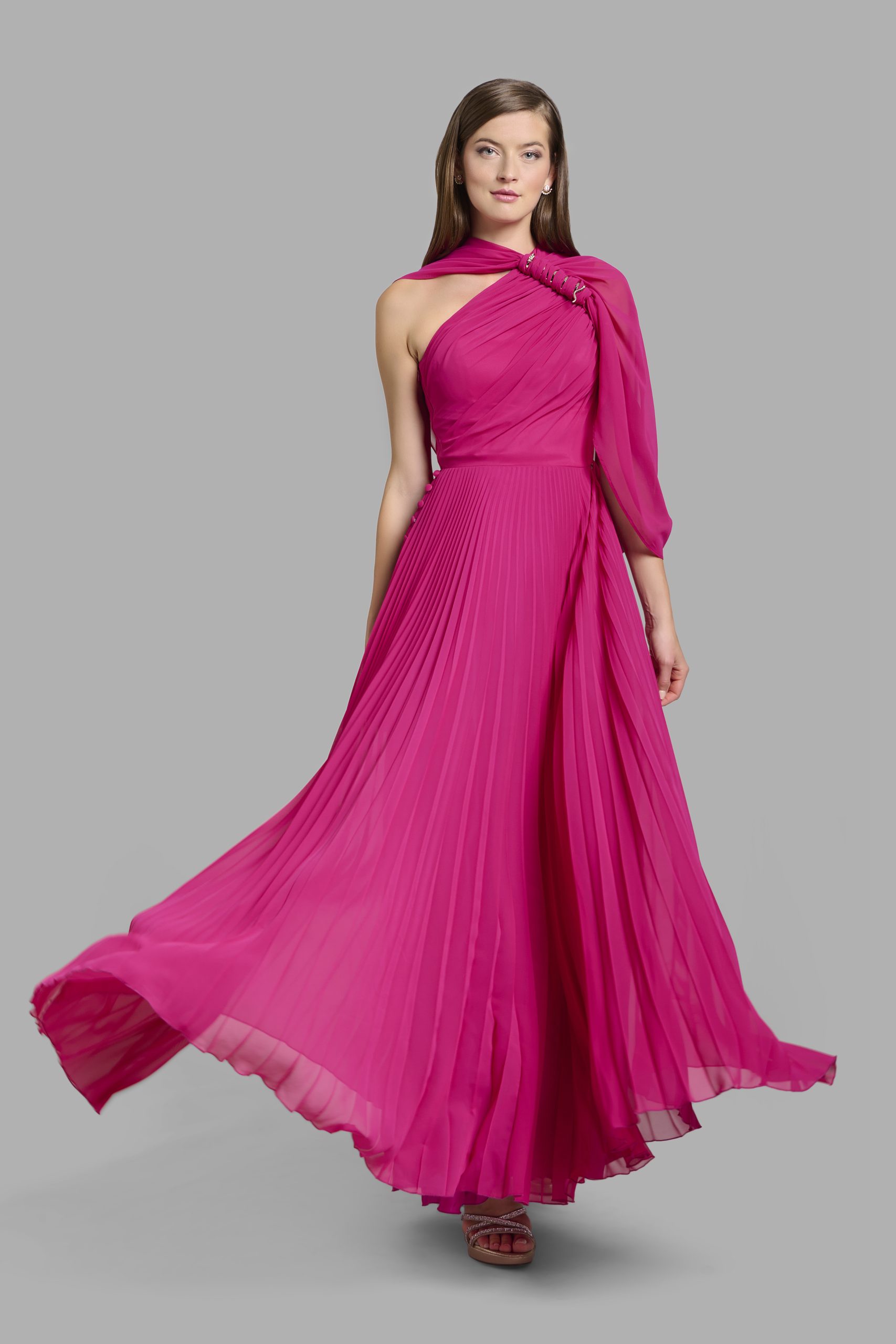
Courtesy of Zaffori


Rene Macdonald of Lisou
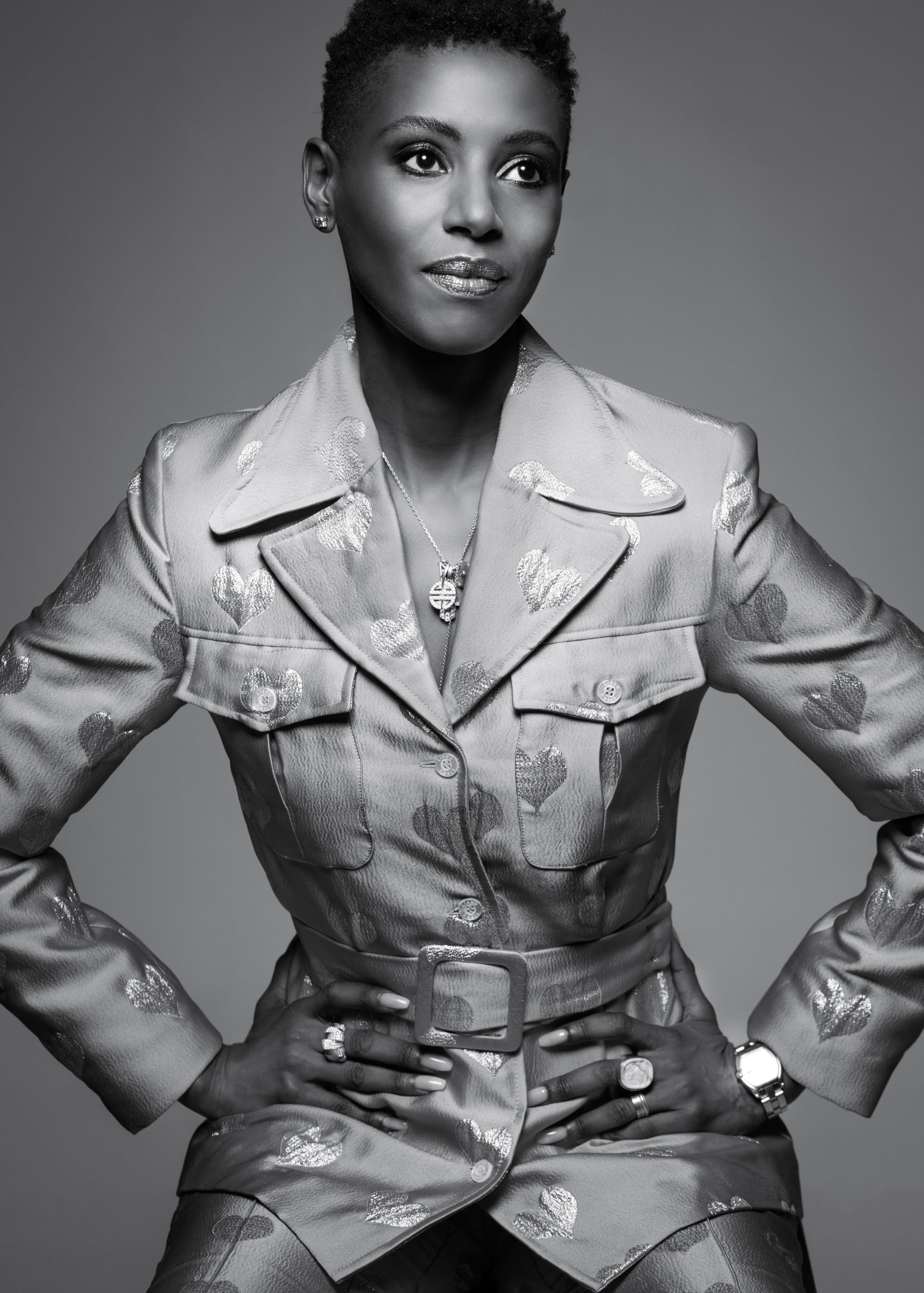

Hey, how are you? Tell us how your brand, Lisou, was born. How did you learn your practice?
I’m lucky enough to be doing what I love career wise so I’m a well and happy soul! I founded Lisou in 2018 because I couldn’t find the clothes I wanted to wear, in terms of colour and print. I had never run a business or been conventionally trained in fashion so it was a baptism of fire. I love learning new skills and unbeknownst to me I’d been creating prints from my schooldays, I just thought of it as my doodles. I’m quite driven and focused when I decide to pursue something. Growing up across East and Southern Africa in war zones my mother made all our clothes and soft furnishings as well as holding down a full time job with the United Nations. So I learnt all I knew at her feet from the age of 5. My mother loved fashion and she thankfully passed that love onto me.
Who/what inspires you?
Lisou is very much inspired by my mother who was elegance personified and she taught me all I know about fashion. My brand is very much an homage to her and my first design, the Betty shirt (which also happens to be our bestseller) is named in her memory. Outside of that I’m inspired by so much, from the autumn leaves I see on my runs through London’s parks and other sights that inspire me from my travels across the world. Funnily enough our current collection is called Wonderland so it’s as if this interview was meant to be. Our Wonderland is inspired by Lewis Carroll’s ‘Alice in Wonderland’ but of course there’s an African twist.
How would you describe the style of your designs?
Lisou is bold, unique and colourful. I design all our prints starting with pencil and paper so every print is exclusive to us. I like to say Lisou is an amalgamation of the two cultures I’ve grown up in, a little bit of London with the prints and colours of Africa.
Talk us through a day in the life of running your brand.
My mornings begin with a coffee and then I’m off to our studio. What I love about my job is that every day is different. We may be shooting a campaign, doing events, pop-ups, visiting museums and travelling whilst working on forthcoming collections. I mean how lucky am I! I have my second and last coffee when I get to work and the team know that if I get to a third coffee my energy levels become unbearable for others! I rarely stop for lunch, which is a terrible habit but if I’m in the zone it’s hard to switch off. Sometimes lunch is at 12.30 and other times it’s 4pm. I’m usually home by 7pm, unless I have an event to attend, then it’s early to bed before starting up again the next day. I am so fortunate to be supported both personally and professionally. My family are extraordinarily supportive even when it means I sometimes am less present than I could be. My team are also incredible. They work extremely hard and feel a sense of ownership of the brand. I couldn’t do what I do without that support.
What has your journey been like navigating sustainable production practices?
In an ideal world we’d all be 100% sustainable but you have to be realistic about the time it will take to get there. The important thing is to keep working on it. Our aim is to get to zero waste as well as reducing our carbon footprint. To this end we’ve partnered with One Tree Planted so that for every full price item bought, we plant 5 trees worldwide. When our CEO (who also happens to be my husband) came up with this idea we were all so excited to choose where in the world our trees would be planted. Everyone working at Lisou got 15 trees to get the ball rolling, and we managed to cover pretty much every continent between us!
In terms of reducing waste we try to make something out of every scrap that hits the cutting room floor. Last year we made Christmas baubles from what would otherwise have been waste fabric. We’ve also made hairbands, scrunchies and so much more. What we promote is longevity and slow fashion. Think before you buy, is the item going to last you a long time and could you hand it on to someone else. So we’re not there yet but that’s our ultimate goal and roughly 70% of our styles are made from high quality silk and we have managed to get to zero waste on that particular fabric this year, which was a proud moment for everyone who contributed ideas on how we could eliminate waste. Now we will have to find a way to repurpose the rest of the fabrics we use.
What is the sustainable fashion scene like in London?
I think sustainability is at the forefront of everyone’s mind, as it should be, no matter what industry. So, I’d say that London is no different from any other city/place in the world. It’s an important issue not solely because it’s the current buzzword. I have children, so it’s crucial that I think about the world I’m leaving behind.
Why are sustainable and eco-friendly manufacturing practices so important to you?
For the simple reason that the choices we make today have an impact on future generations.
What change do you want to see from the fashion industry?
I still think we need better representation of designers of diverse origin. I also feel that female entrepreneurs need more support than we currently get; whether that relates to background, business or investment in general. We’re running businesses and creating jobs and there can sometimes be a tendency to see fashion as a frippery. It’s not an easy landscape to navigate as a black woman but this is our challenge to change things. Nothing is ever perfect but I see part of my role as someone who must continually strive to change the narrative.
What does the future look like for Lisou?
I can only hope that the future is brighter still and that Lisou can grow into a lifestyle brand to be proud of. My ambitions whether personally or professionally have always been without a glass ceiling. I’d love to work more with independent African artists while highlighting their skills and those on my continent. Beyond that as long as I’m afforded the opportunity, freedom and respect to develop the brand of my dreams whilst making my family proud, I’ll be happy.
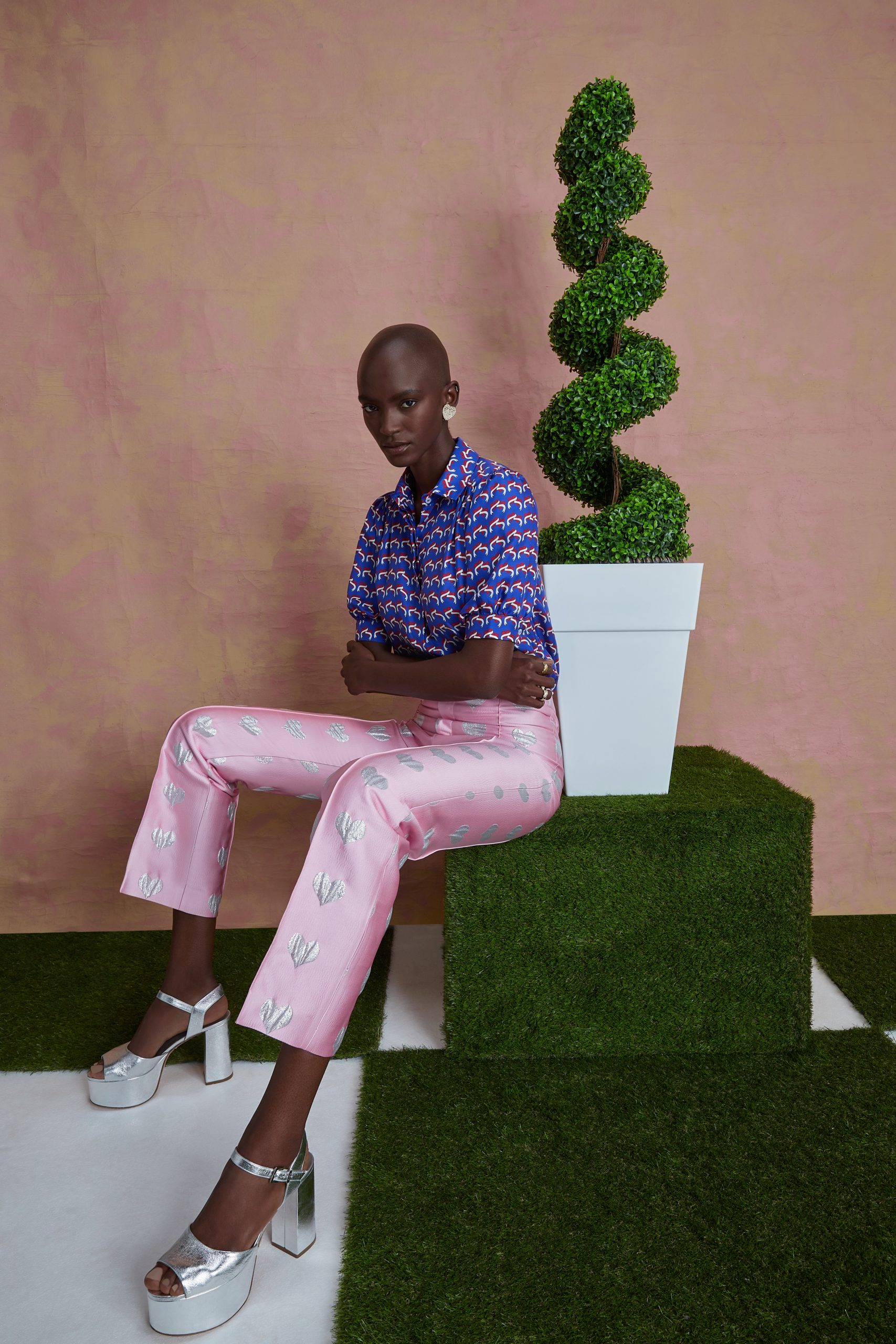
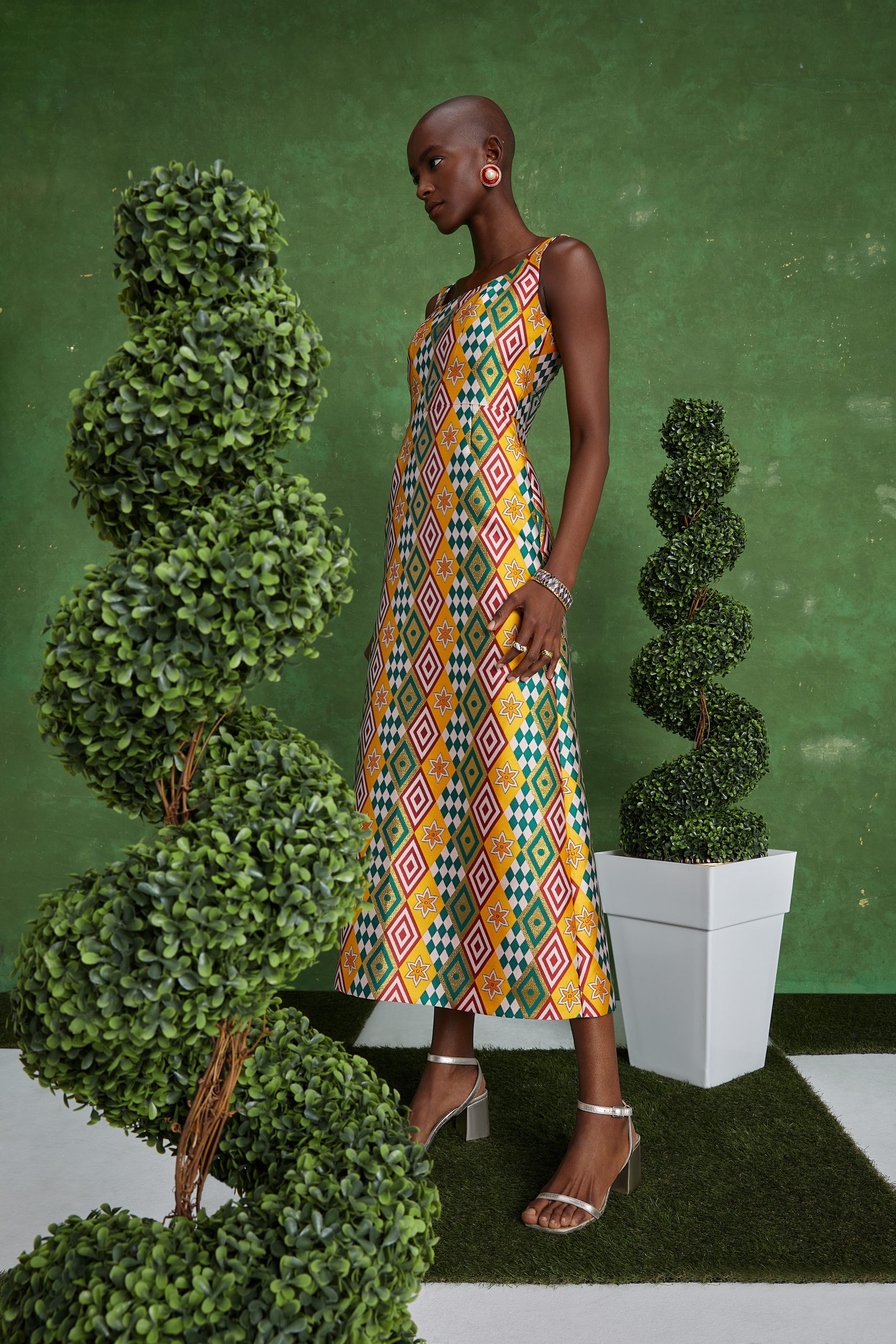


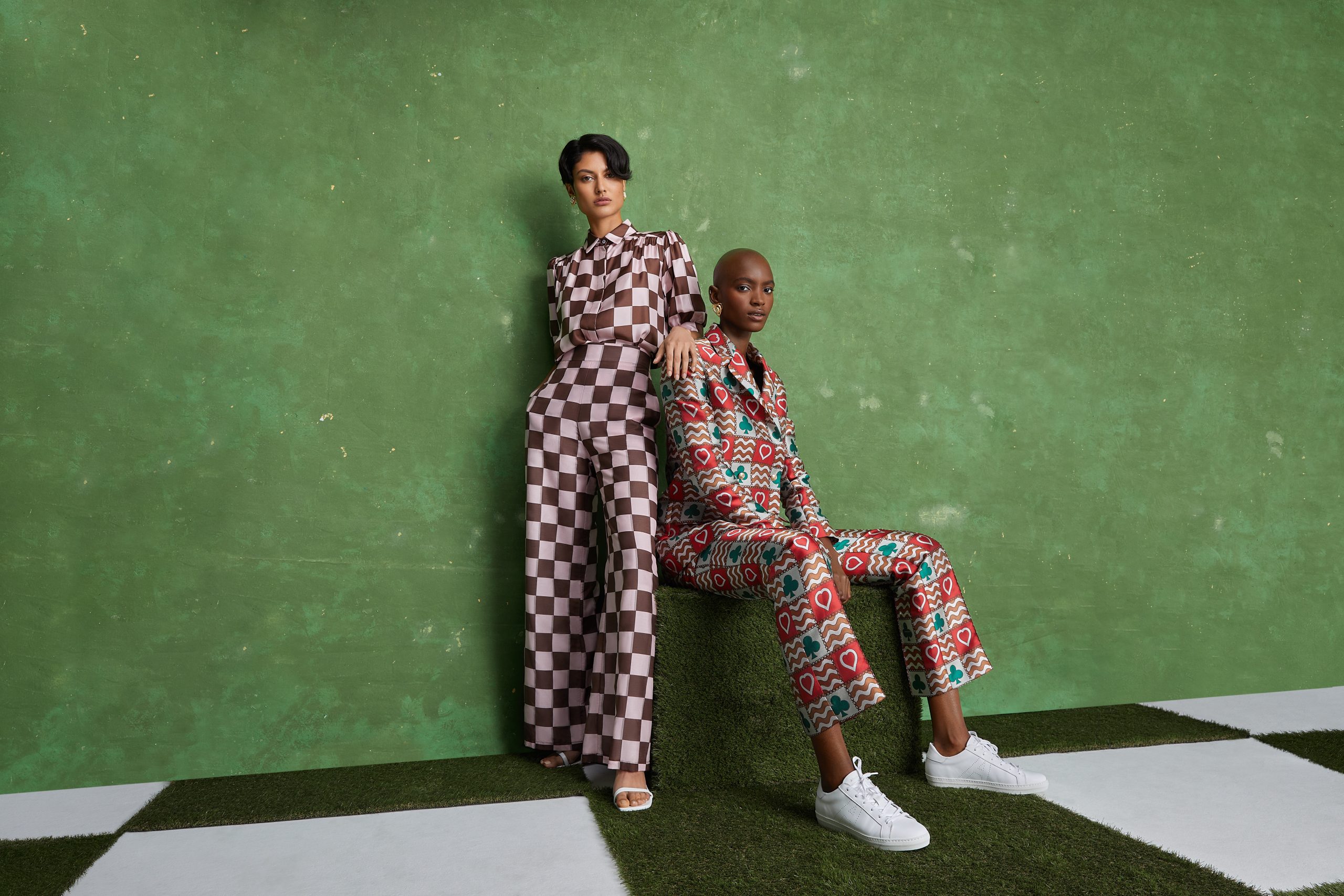

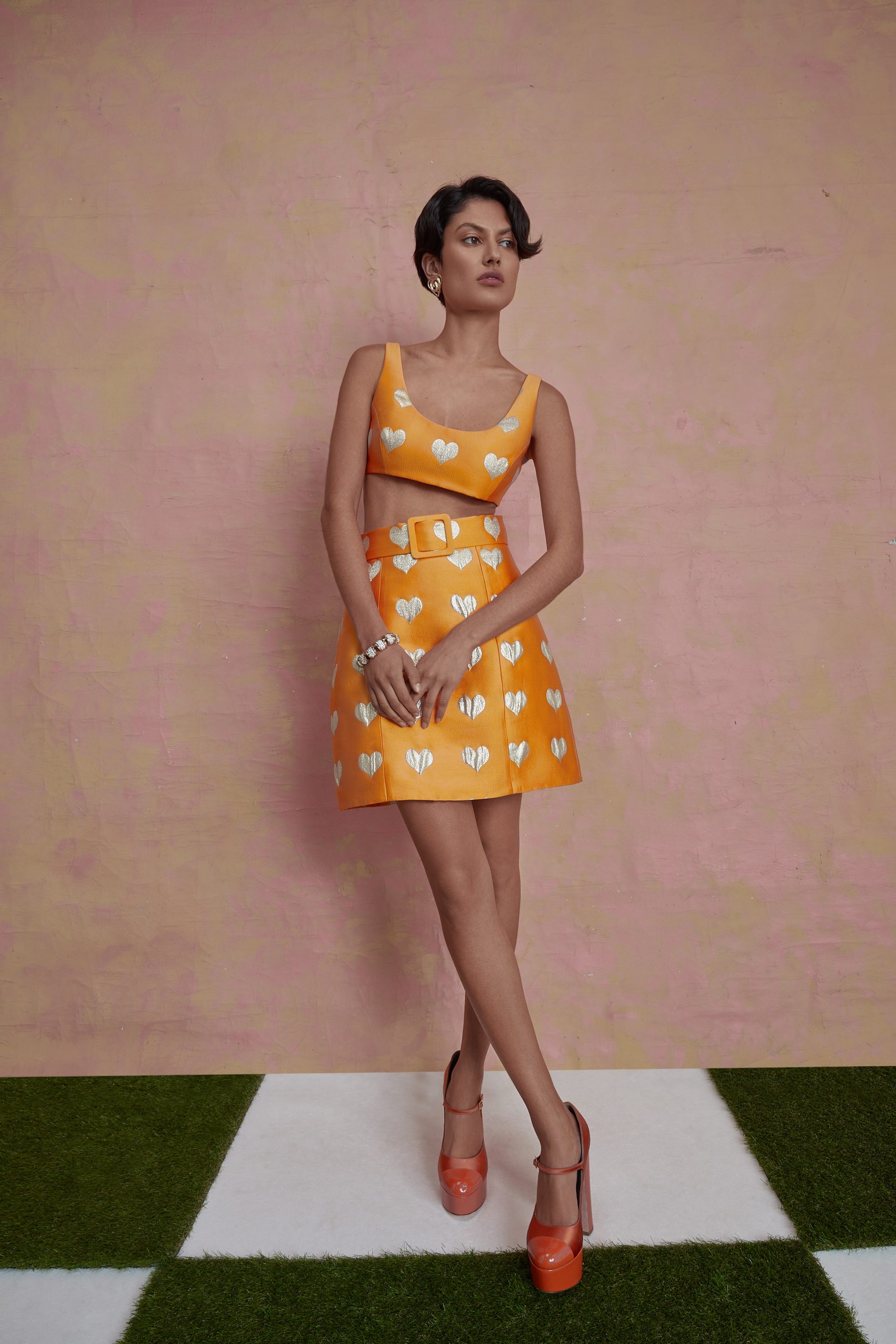
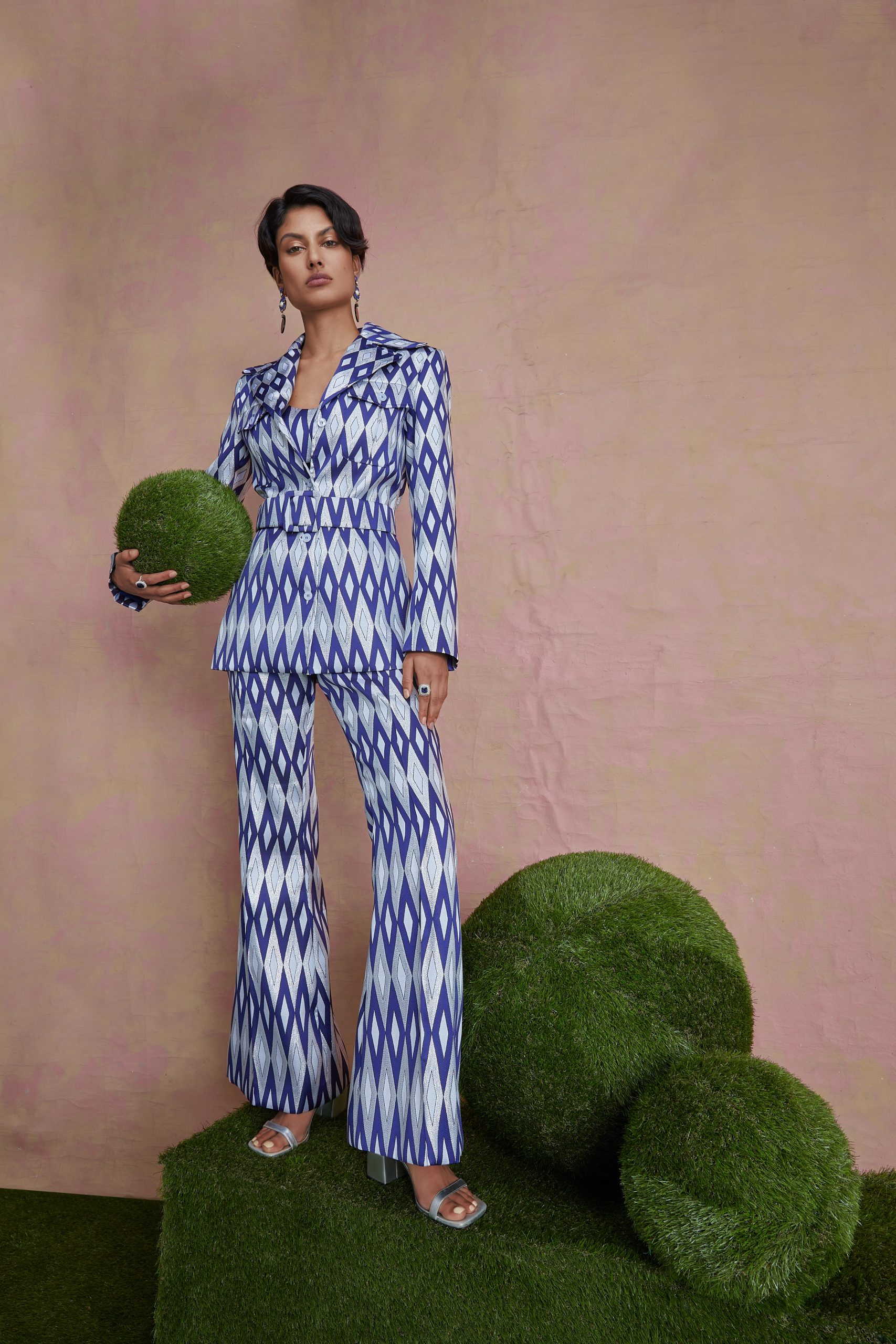
Courtesy of Lisou


Lara Olutunbi of LarAllan
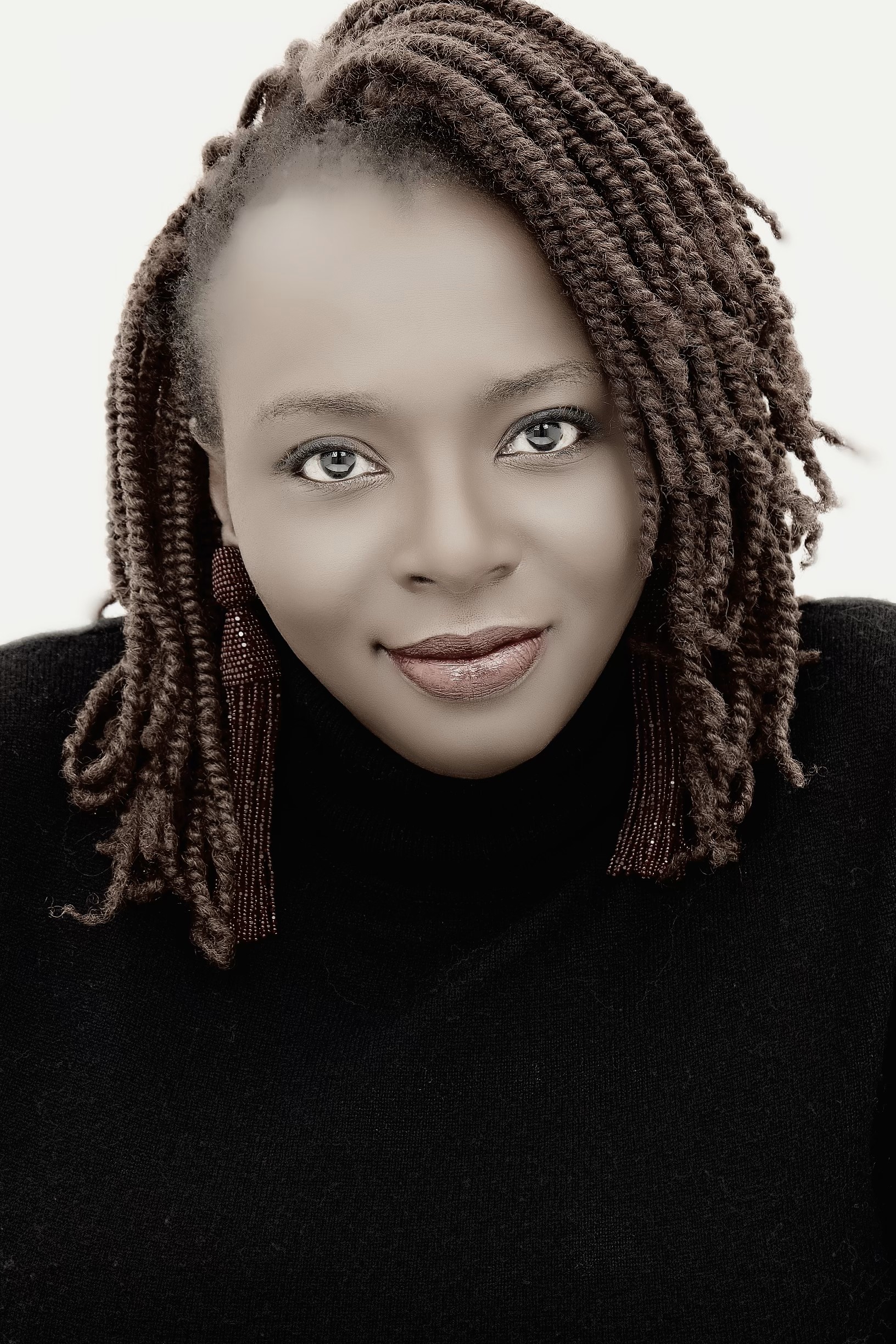

Hey, how are you? Tell us how your brand, LarAllan was born.
Hi, thank you for reaching out. LarAllan was born from my love of fashion & statement pieces. I was looking for a clutch for my cousin’s wedding but could not find the right mix of style & price. It was either too expensive or not well made or not unique. That was when the penny dropped – this was a gap that I could fill.
Who/what inspires you?
My faith pushes me, that God put me on the earth to brighten other people’s lives this way keeps me going despite the ups and downs in the journey.
What is your opinion on diversity and inclusion within the fashion industry?
I think it still has a ways to go, we’ve seen some improvement but as a woman of colour in the UK – there is a huge gap between the consumer mix versus the producer mix. It’s a constant battle for visibility and an appreciation that as a black woman I understand luxury.
How would you describe the style of your designs?
Statement, bold & luxe.
Talk us through a day in the life of running your brand.
A typical day starts with emails and chats with my factory partners as early as 4/5am; fine tuning sketches or sample drafts on my sketchbook or a Zoom meeting; picking up orders from our warehouse, packaging & booking shipments including factory sample feedback returns; wholesale outreaches; social media content management; reviewing sourcing, PR reports & emails; all of this whilst still holding a second job as the brand is still young & requires the additional financial support I get from there.
What has your journey been like navigating sustainable production practices?
I am learning and adapting every day; recently we switched our packaging to boxes made from recycled materials though it costs more; we use leather sourced from animal waste, acrylic materials which we use a lot are completely recyclable, we reuse parts of bad samples rather than throwing them away and we reuse our leftover materials & shipping boxes. Our business is slow fashion so we are not churning out collections without capacity to consume. With our current size it is not practical or sustainable to follow the traditional 4 seasonal collections, so we don’t.
What is the sustainable fashion scene like in London?
It’s growing, brands are moving towards using leftover raw materials and sustainable manufacturer events are gradually becoming a thing. I think sustainable fashion can and should be aesthetically pleasing otherwise it’s really not style or true fashion.
Why are sustainable and eco-friendly manufacturing practices so important to you?
It’s our duty to protect the environment, reduce our carbon footprint and constantly work towards a net zero emissions strategy.
What change do you want to see from the fashion industry?
I want to see more inclusion of people like me, brands like mine in the major departmental stores & luxury online platforms. I want to see more factory scrutiny in the West, not just for the East. Small brands are constantly treated poorly by many larger factories because they can – large MOQs or higher pricing that we struggle to absorb, allowing larger brands to jump the sampling or production queue even if we were first. Buyers often do the same – giving first dibs to the larger brands, unwilling to take a chance on newer brands or failing to reserve a portion of the run-book for independent or new brands. We can’t all afford the glossy advertising space on billboards or magazines. Showroom costs are high and support is few & far between. These are the areas I would like to see real changes and support.
What does the future look like for LarAllan?
The future is bright, we will continue to establish a name and solidify our place in the accessories world. The goal is a brand that is synonymous with quality, re-usability, function, style, and an accessible luxury price point.



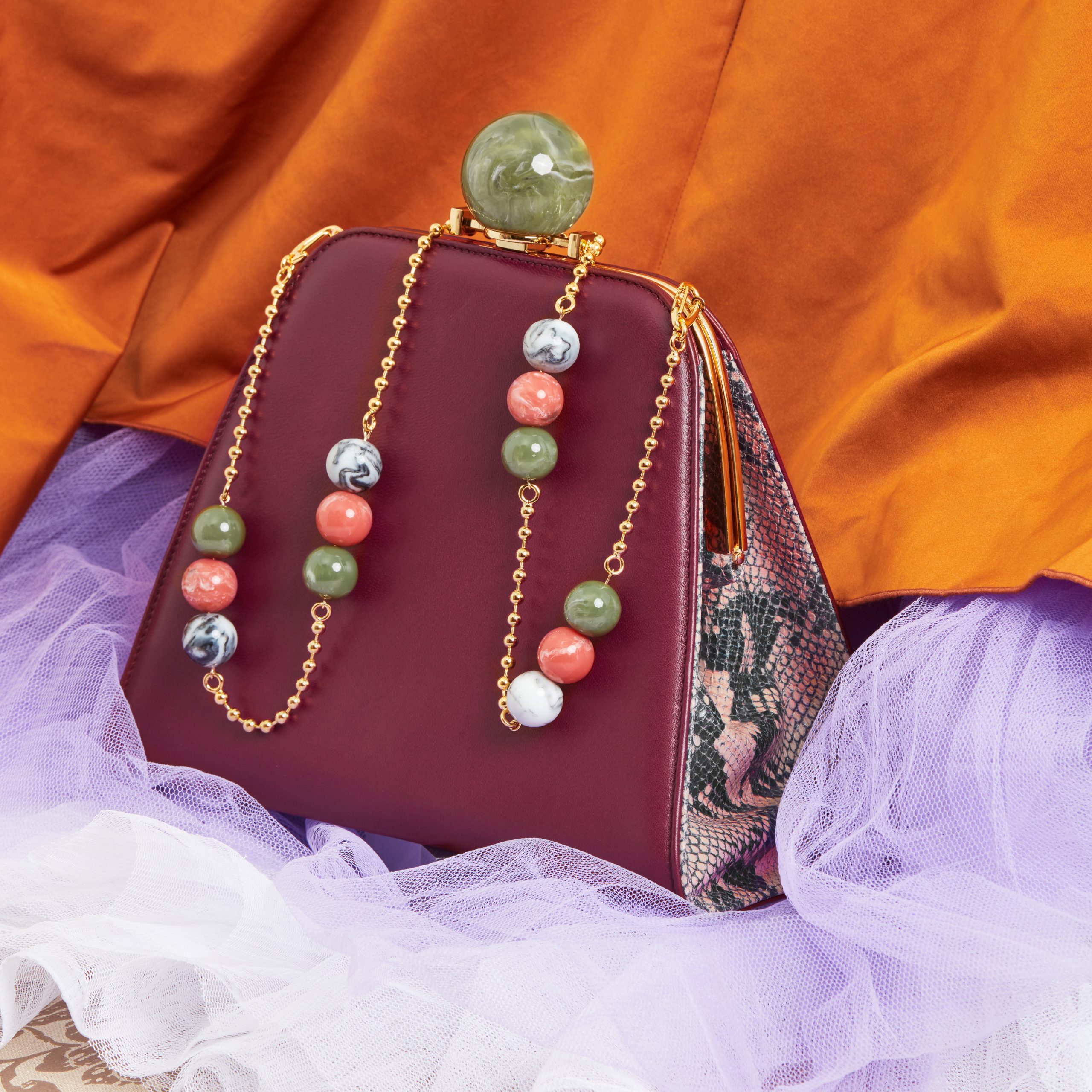
Courtesy of LarAllan



